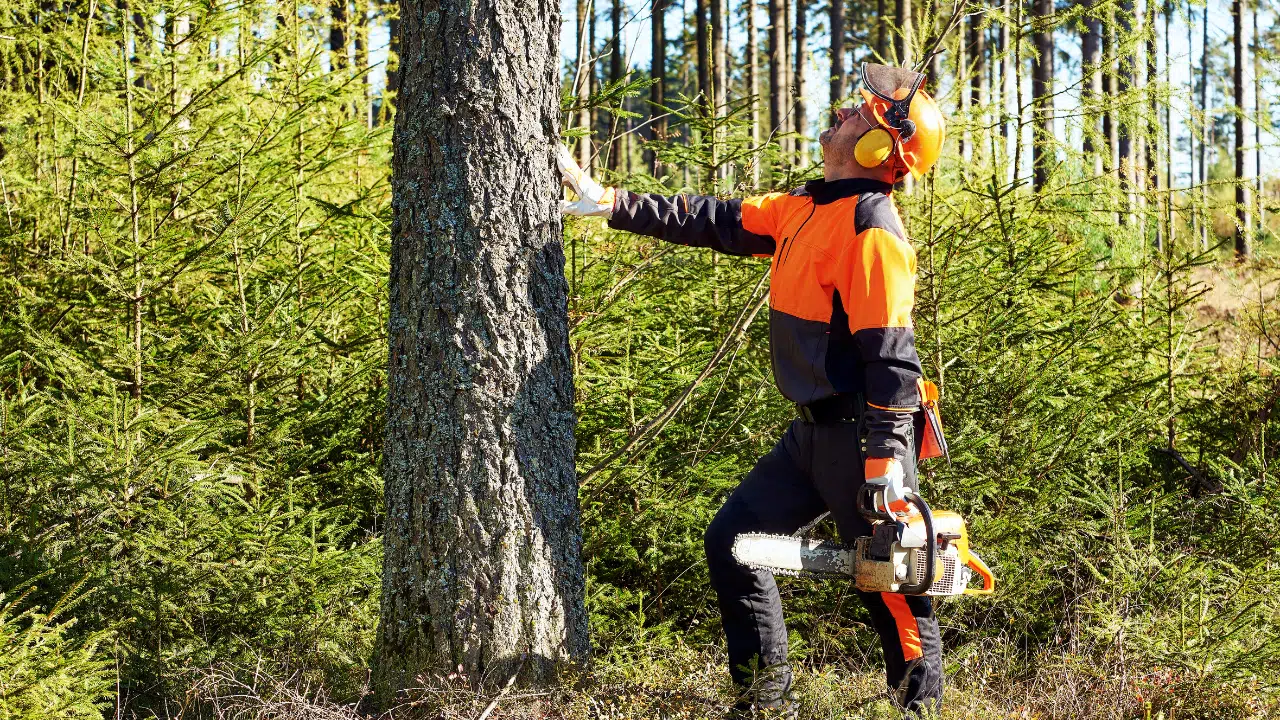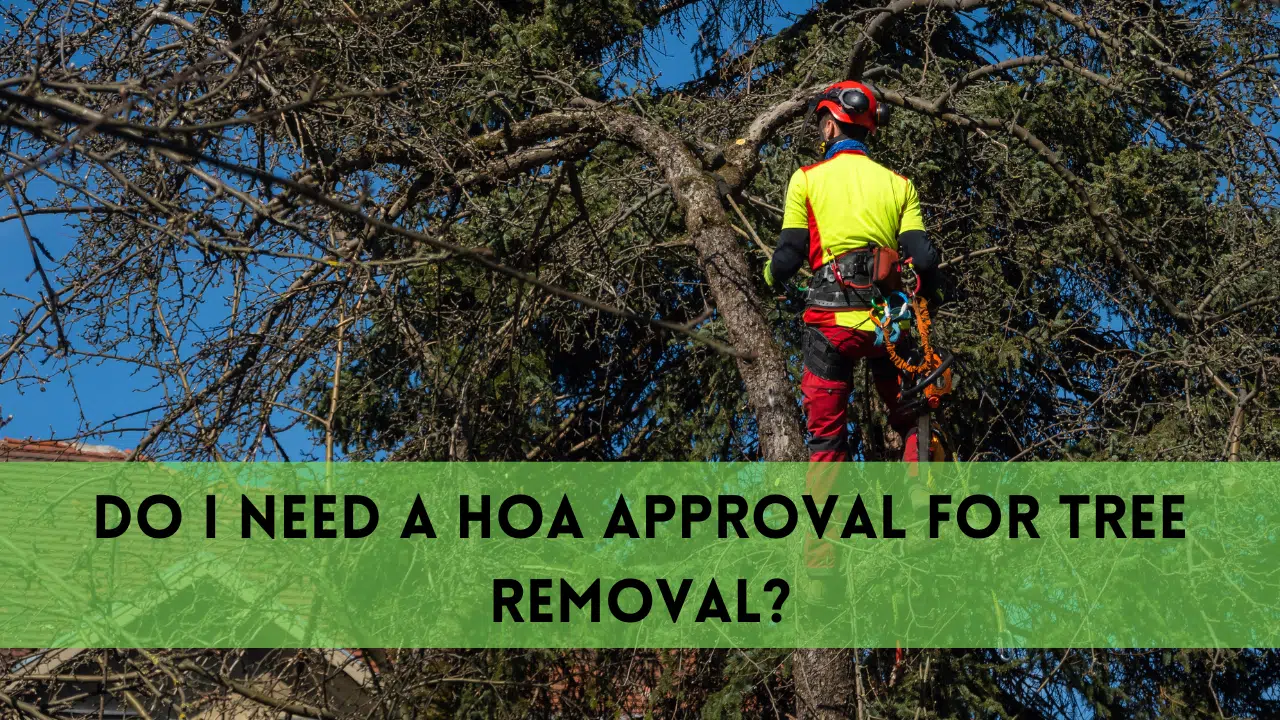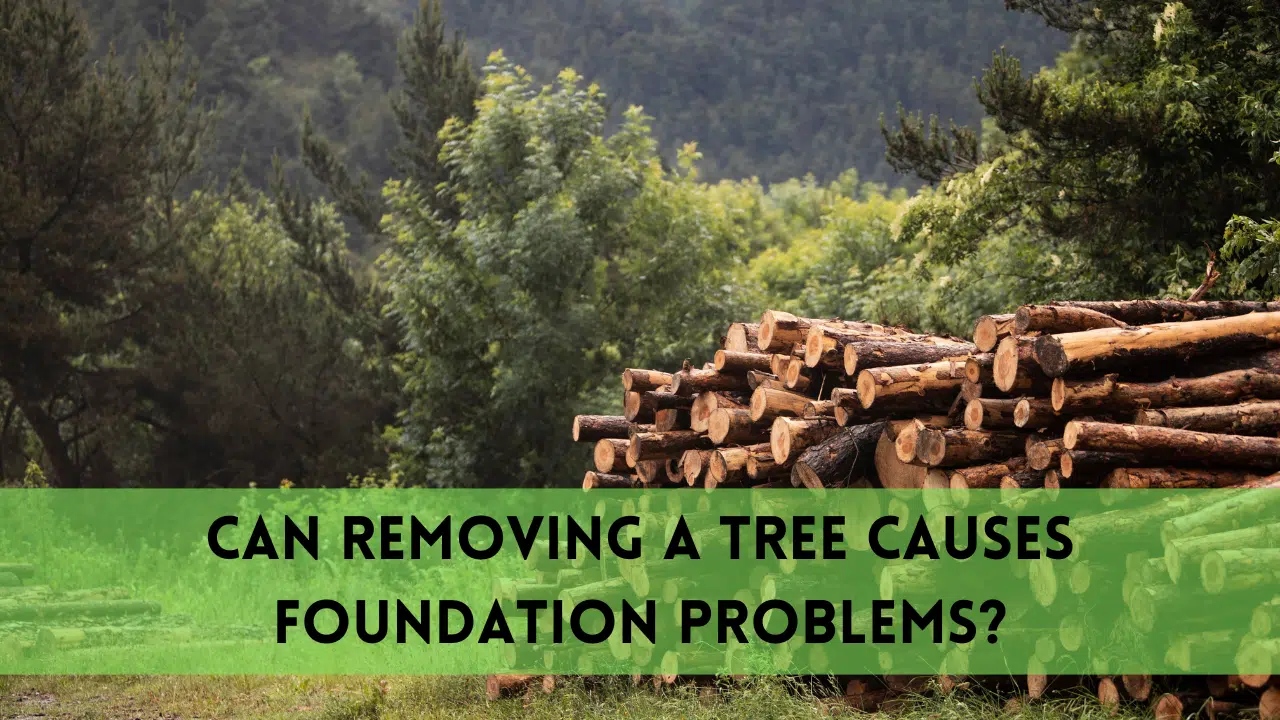Homeowners Associations (HOAs) play a significant role in maintaining the aesthetics and regulations of residential communities. If you’re wondering, do I need HOA approval for tree removal? the answer isn’t always straightforward.
HOAs often have strict guidelines for landscaping. Removing a tree without permission could result in fines or legal action. It is important to understand the rules and regulations before you make a decision.
Understanding HOA Rules on Tree Removal
HOAs exist to maintain the visual harmony and property values within a neighborhood. Because trees contribute to the overall landscape, most HOAs require homeowners to seek approval before cutting one down. These regulations can vary from one community to another, so reviewing your HOA’s governing documents, often called the Covenants, Conditions, and Restrictions (CC&Rs), is essential.
Your CC&Rs will outline whether tree removal requires written permission, the type of trees protected, and the circumstances under which you can remove a tree without prior approval. Some HOAs mandate replacing a removed tree with another of a specific species, ensuring the neighborhood retains its greenery.
When Do You Need HOA Approval for Tree Removal?
In most cases, homeowners must get HOA approval for tree removal, especially if it’s in the front yard or visible from the street. However, exceptions may exist. The HOA can grant an emergency approval to remove a tree that poses a threat to your home, neighbors, or property due to disease or storm damage. Even in an urgent situation, notifying your HOA can help you avoid penalties.
Certain HOAs require a formal application for tree removal, which may include photographs, an arborist’s assessment, and a proposed replanting plan. The approval process can take days or weeks, so planning ahead is necessary.
What Happens if You Remove a Tree without HOA Approval?
If your HOA has specific rules regarding tree removal and you ignore them, you may face consequences. The HOA can issue fines, demand tree replacement, or even take legal action against you. Homeowners have been involved in lawsuits and fines for unauthorized tree removal.
One homeowner in a planned neighborhood removed a sick tree without notifying the HOA. He thought it was a small issue. They received a notice of violation a few weeks later and were ordered to replace the tree with a mature one at their own expense. This cost them hundreds of dollars they could have avoided by following the proper hoa approval for tree removal.
How to Get HOA Approval for Tree Removal
Follow these steps if you find out that your HOA approval for tree removal. This will increase the chances of a smooth and efficient process.
Review your HOA CC&Rs first to learn the procedure of HOA approval for tree removal. Submit a written request stating the reason for the removal, and if needed, including photos and arborist reports. In some HOAs, you may be required by the board to present a presentation. You may have an appeal option if the HOA rejects your request.
You can improve your case by providing additional information such as proof that the tree is diseased or poses a structural threat. Some communities will allow homeowners to change a tree for a species that is approved, which makes the approval process simpler.
Does the City or County Have a Say in Tree Removal?
Even if your HOA gives the green light, you might still need city or county approval, especially if the tree is classified as protected under local ordinances. Some areas have strict regulations regarding HOA approval for tree removal, requiring permits before proceeding. This is particularly true for heritage trees or trees above a certain diameter.
If your property falls under such jurisdiction, you may need dual approval—one from your HOA and another from the local government. Ignoring these rules can result in fines or orders to replant trees at your expense.
Can an HOA Force You to Remove a Tree?
Just as HOAs can restrict tree removal, they can also require homeowners to remove trees that violate community standards. If a tree is diseased, dead, or poses a risk to property or people, the HOA may demand removal. In some cases, if a tree blocks a neighbor’s view or encroaches on shared spaces, the HOA may intervene.
If you fail to remove a tree as required by your HOA, the HOA may impose fines, take legal action or hire a contractor and bill the homeowner. Staying informed about HOA approval for tree removal and being proactive is key to avoiding complications.
FAQs
What if a tree is damaging my property?
If a tree threatens your home, notify the HOA immediately. Most HOAs will expedite approval for emergency removals if the tree is a danger.
Do all require HOA approval for tree removal?
Not necessarily. Some HOAs only regulate front yard trees or specific species. Check your HOA’s CC&Rs for exact guidelines.
Can I appeal an HOA denial for tree removal?
Yes, many HOAs allow appeals. Providing additional evidence, such as an arborist’s report, can help overturn a denial.
Does homeowners insurance cover tree removal?
Insurance may cover removal if the tree falls due to storms or other insured events. However, preventive removal is usually the homeowner’s responsibility.
What if my neighbor’s tree is causing issues on my property?
You may be able to request removal or trimming, but HOA and local regulations will determine what actions you can take.
Conclusion
You’ll most likely need HOA removal for tree removal. HOAs usually enforce policies on tree removal to preserve the landscape of their communities. If you do not get approval, it could result in legal issues, fines or penalties.
Before removing trees, check your HOA rules and regulations. If necessary, seek approval and ensure you are in compliance with local laws. You will save money, time and anxiety by following these steps.




